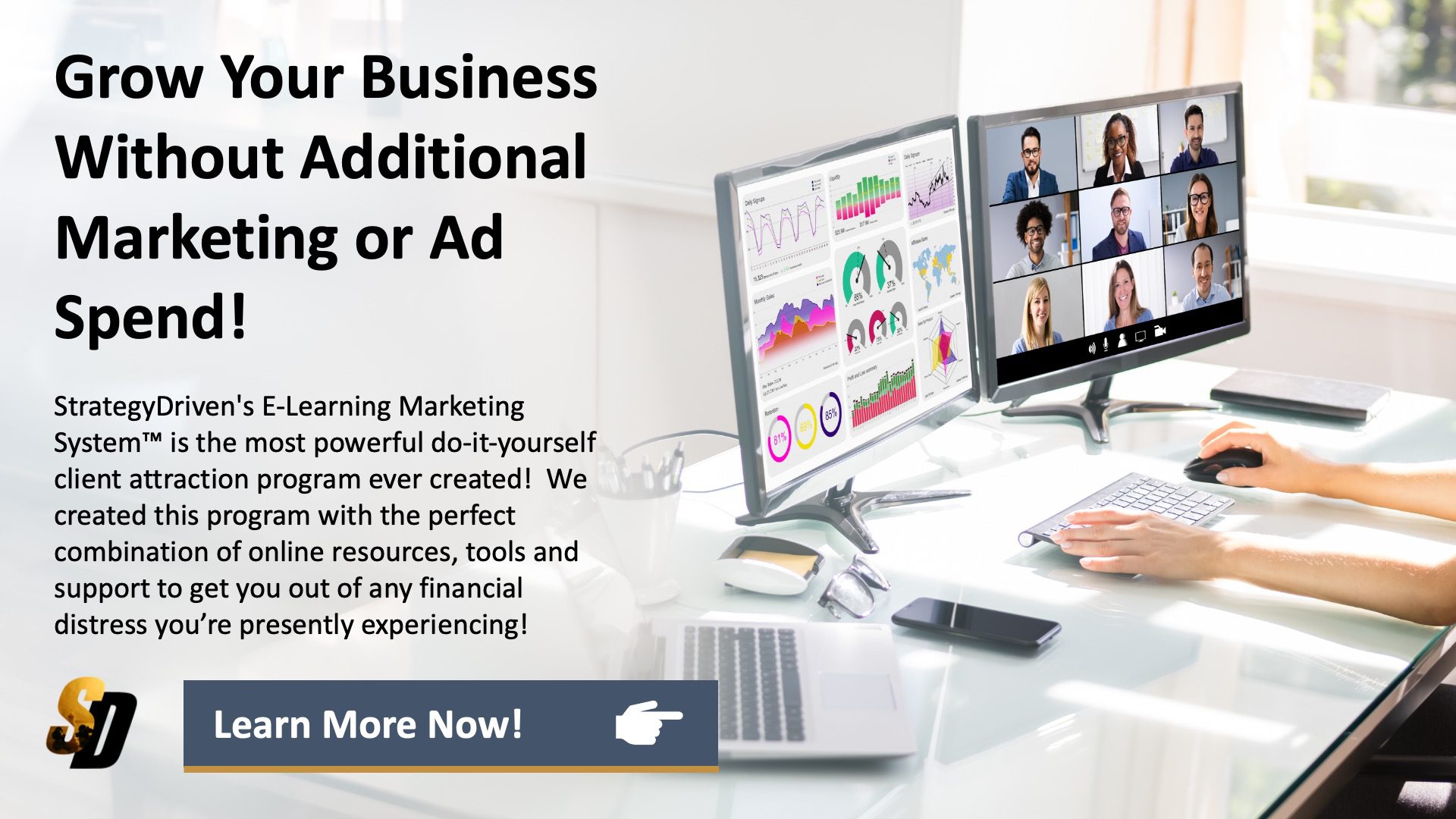7 Signs it’s Time to Take Your Business to the Next Level

There are times, though, that it is beyond obvious that you need to grow, and not doing so would be detrimental to the business. To make sure that doesn’t happen, consider these seven signs that it is time to take your business to the next level.
1: You Don’t Have Enough Hours in the Day
Do you find that your business’s tasks cannot be fulfilled with the staff you currently have? If you don’t have enough hours in the day to complete orders, then it’s time to consider expansion. Growing your team isn’t a simple process, so use a company like Zoom Recruitment to simplify it. By doing so, you gain access to multiple talented candidates that will help boost your business’s success.
2: Your Growth is Steady and Consistent
A sudden profit spike is undoubtedly a good thing for a business, but you shouldn’t hire multiple people and rent a more expensive workplace based on that. Instead, pay attention to steady and consistent growth – the type of growth that isn’t likely to suddenly stop.
3: Your Workspace isn’t Big Enough
If you have too much equipment, employees, and documents in the workplace, then it’s a sign it’s time for your business to grow. You will likely need a bigger space to ensure there is plenty of room to work properly. Plus, more room will help accommodate the extra hands you end up hiring.
4: Your Business Has Lots of Interest
If your small business is gaining a ton of interest from consumers, clients, and other businesses, then the chances are your business is stable and innovative enough to handle expansion. The right kind of business deal could help you grow even faster, too.
5: You Have a Unique Selling Point
Businesses need to stand out to stay relevant. A company that looks like a copy and paste of thousands of others likely won’t do well and therefore won’t sustain growth. If yours has a unique selling point, though, then there’s a greater chance that your expansion will work out.
6: You Are Making Plenty of Profit
One easy way to determine if it’s time to take your business to the next level is if you are making a lot of money. Even if you’re happy with the profits, just remember – you could be making even more with the right business growth plan! Use this as motivation to keep on growing and use the money you have to invest in your business.
7: You Are Inspired to Grow
It’s important to be passionate for a business to grow. If you have tons of ideas and are genuinely excited about the prospect of expansion, then there’s an increased likelihood that your growth plans will come to fruition. After all, you need that passion to push through the more challenging days.





